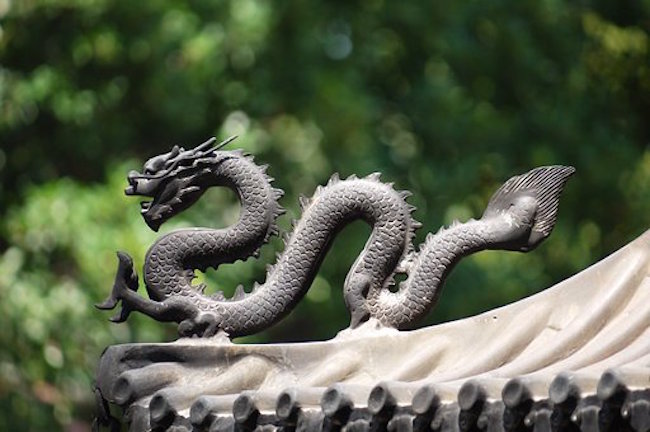RIPPLE EFFECT: Huge disruptions in pharmaceutical supplies reported in INDIA after Wuhan coronavirus disrupts production in China by: JD Heyes for Natural News
As we’ve been reporting now for several weeks, the spreading Wuhan coronavirus (COVID-19) is much worse than the Chinese government has said.
There are thousands more infections, according to various reports, and plenty more deaths — so many, in fact, that funeral homes are paying more than $143 an hour in order to attract enough workers to process all of the bodies, Natural News reported.
But there are additional signs that the virus’ spread is having regional, if not global, economic implications as well.
In a report earlier this week, Bloomberg noted that the shuttering of scores of factories across China, which has occurred because tens of millions of Chinese workers have been quarantined or are afraid to go to work, is having a “ripple effect” in neighboring India and elsewhere.
The news site reports that all sectors — from drugs to electronics — are being affected:
India, the world’s second-most populous nation, is facing the ripple effects of shutdowns in China with production of medicines to mobile phones being hit as supply chain disruptions prolong.
Prices of paracetamol, the most commonly used analgesic, have jumped by 40% in India, while the cost of azithromycin, an antibiotic used for treating a variety of bacterial infections, has risen by 70%, said Pankaj R. Patel, chairman of Zydus Cadila.
As of this writing, according to Natural News, “officially” China is reporting more than 75,291 infections and more than 2,014 dead, though based on additional sources, the count could be as high as a quarter-million infections with more than 25,000 dead, though again, those latter figures are not confirmed.
The decline in drug production in China, which is affecting production in India, is also having an effect on the United States. Bloomberg notes that India is one of the world’s largest suppliers of generic drugs and “home to about 12 percent of all manufacturing sites catering to the U.S. market,” the news site reported. Around 80 percent of that Indian pharmaceutical sector the U.S. depends on is supplied by Chinese factories.
U.S. firms should make emergency logistical plans NOW
As for China, Zero Hedge cited reports claiming that as manufacturers continue to keep plants idle, as much as two-thirds of China’s economy has been halted. There have been some factories that have gone back online in recent days pledging to reach full production by the end of February, but most are either shut down completely or running with skeleton crews, which of course dampers production.
Because of the widespread nature of the disruption in the Chinese supply chain, there is now a reorganization of complex supply chains out of the Asian behemoth to a more localized approach in order to avoid shortages and the resultant economic slowdown they cause in the future.
All of which, Zero Hedge noted, “points to an ugly end of globalization.”
A column this week in The Wall Street Journal by Yossi Sheffi, director of the Massachusetts Institute of Technology’s Center for Transportation and Logistics and an expert in supply chain risk management, calls for several steps to be taken by U.S. firms in order to avoid massive supply chain disruption of the kind “we have not seen in the past 70 years.”
They include:
— Establishing central emergency management centers;
— Review company product portfolios and customer bases in order to establish supply priorities, including which products should be built and which customers should be supplied first;
— Review suppliers to determine who makes what, which parts are critical, and what, if any, alternative supplies exist;
— Plan to optimize the flow of cash rather than profits;
— Keep in touch with federal and local authorities, as well as Chinese and Asian suppliers and colleagues to keep abreast of the deteriorating situation.
The Wuhan coronavirus has exposed not just the frailty of the global supply chain, but in many ways the futility of over-reliance on just one country.




